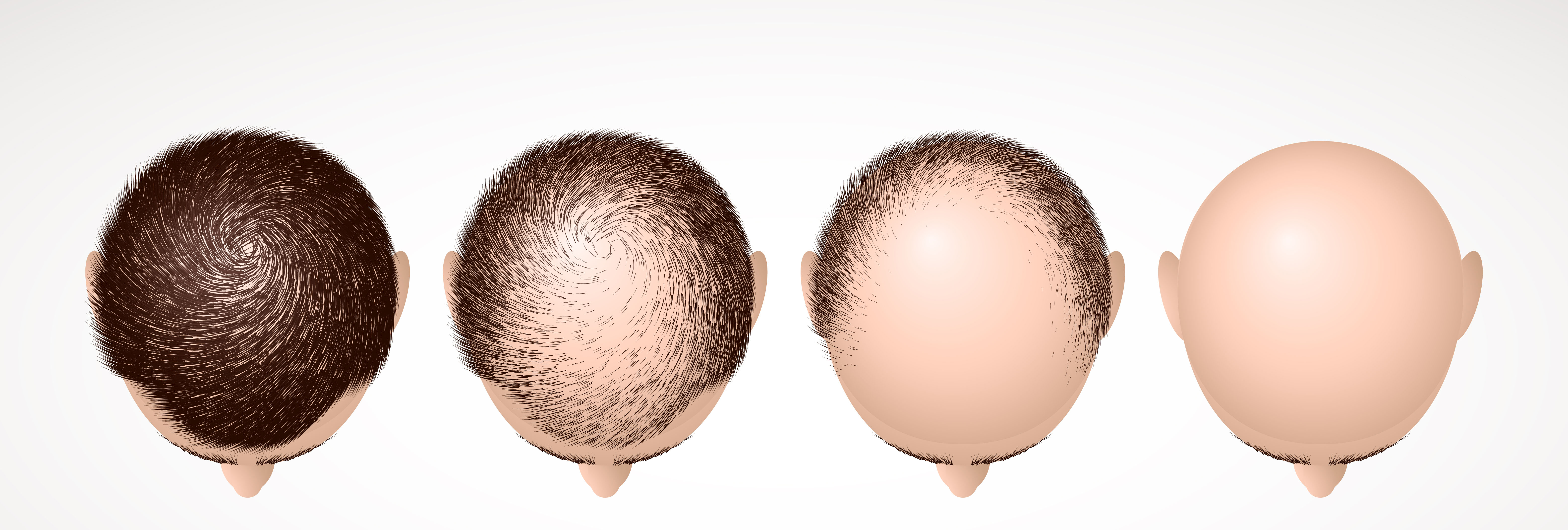
New drugs promoting hair growth may soon be on the market, as researchers from UCLA have developed a new way to activate the stem cells in the hair follicle to make hair grow.
Hair follicle stem cells are long-lived cells in the hair follicle that are present in the skin and produce hair throughout a person’s lifetime. The stem cells are normally inactive, but can quickly activate during a new hair cycle when growth occurs.
The researchers discovered that the hair follicle stem cell metabolism is different from other cells of the skin.
The metabolism uses enzymes that alter nutrients to produce metabolites, and as hair follicle stem cells consume glucose from the bloodstream, they process the glucose to eventually produce a metabolite called pyruvate.
The cells then can either send pyruvate to their mitochondria—the part of the cell that creates energy— or they can convert pyruvate into another metabolite called lactate.
“Our observations about hair follicle stem cell metabolism prompted us to examine whether genetically diminishing the entry of pyruvate into the mitochondria would force hair follicle stem cells to make more lactate, and if that would activate the cells and grow hair more quickly,” Heather Christofk, a scientist at the Eli and Edythe Broad Center of Regenerative Medicine and Stem Cell Research at UCLA, said in a statement.
The researchers blocked the production of lactate genetically in mice and found that the hair follicle stem cell was prevented from activating.
They then collaborated with researchers from the University of Utah and increased lactate production genetically in the mice to accelerate hair follicle stem cell activation and ultimately increasing the hair cycle.
“Before this, no one knew that increasing or decreasing the lactate would have an effect on hair follicle stem cells,” William Lowry, a professor of molecular, cell and developmental biology at UCLA, said in a statement. “Once we saw how altering lactate production in the mice influenced hair growth, it led us to look for potential drugs that could be applied to the skin and have the same effect.”
A pair of drugs have already been identified and tested. When the drugs—RCGD423 and UK5099—were applied to the skin of mice they influenced hair follicle stem cells in distinct ways to promote lactate production.
RCGD423 activates the JAK-Stat cellular signaling pathway, which transmits information from outside the cell to the nucleus of the cell and leads to the increased production of lactate, which drives hair follicle stem cell activation and quicker hair growth.
UK5099 blocks pyruvate from entering the mitochondria, forcing the production of lactate in the hair follicle stem cells and accelerating hair growth in mice.
“Through this study, we gained a lot of interesting insight into new ways to activate stem cells,” Aimee Flores, a predoctoral trainee in Lowry’s lab and first author of the study, said in a statement. “The idea of using drugs to stimulate hair growth through hair follicle stem cells is very promising given how many millions of people, both men and women, deal with hair loss.
“I think we’ve only just begun to understand the critical role metabolism plays in hair growth and stem cells in general; I’m looking forward to the potential application of these new findings for hair loss and beyond.”
The study was published in Nature Cell Biology.




